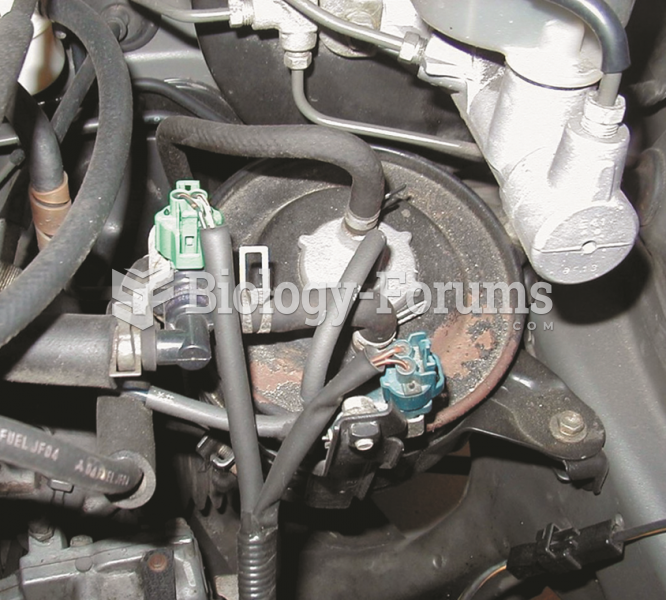Answer to Question 1
Perceptual processes and change blindness play a significant role in accidents and efforts at accident prevention. About 50 of all collision accidents are a result of missing or delayed perception. Especially two-wheeled vehicles are often involved in looked-but-failed-to-see accidents, in which the driver of the involved car states that he did indeed look in the direction of the cyclist but failed to see the approaching motorcycle. It is possible that drivers develop a certain scanning strategy that they use in complex situations, such as at crossroads. The scanning strategy concentrates on the most common and dangerous threats but fails to recognize small deviations, or more uncommon objects like two-wheeled vehicles. In addition, people tend to fail to recognize new objects after blinking and saccades (fast movements of both eyes in one direction). Generally, people are not aware of the danger of change blindness and believe that they will be able to see all obstacles when looking in a particular direction. This tendency has implications for the education of drivers with regard to their perceptual abilities. It also has implications for the design of traffic environments, which should be laid out in a way that facilitates complex traffic flow and makes drivers aware of unexpected obstacles, such as bicycles
Answer to Question 2
Individuals who have useful sight in only one eye can learn to function with monocular cues given that the needed information is available. However, in an artificial situation that removes the monocular cues (e.g., a large room with walls, floor and ceiling of uniform color, no shadows, no gradients and only a single object of unknown size), distance would be impossible to calculate.







